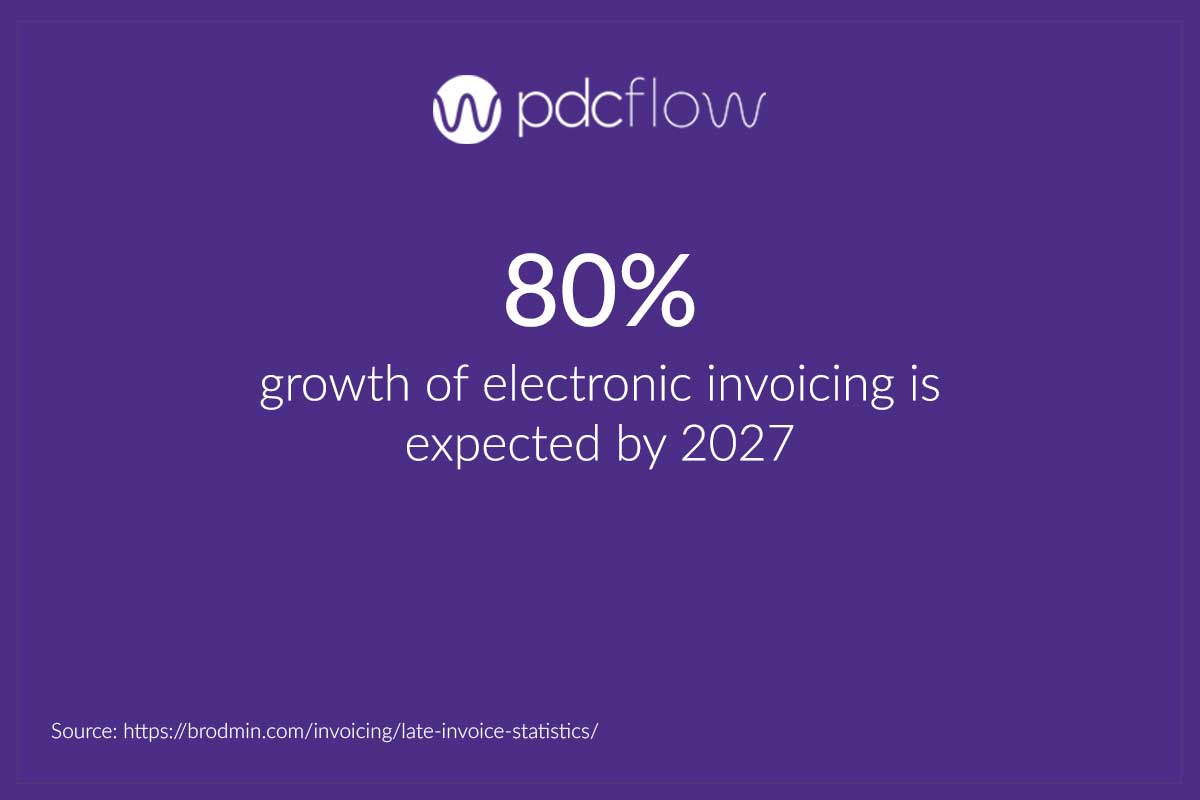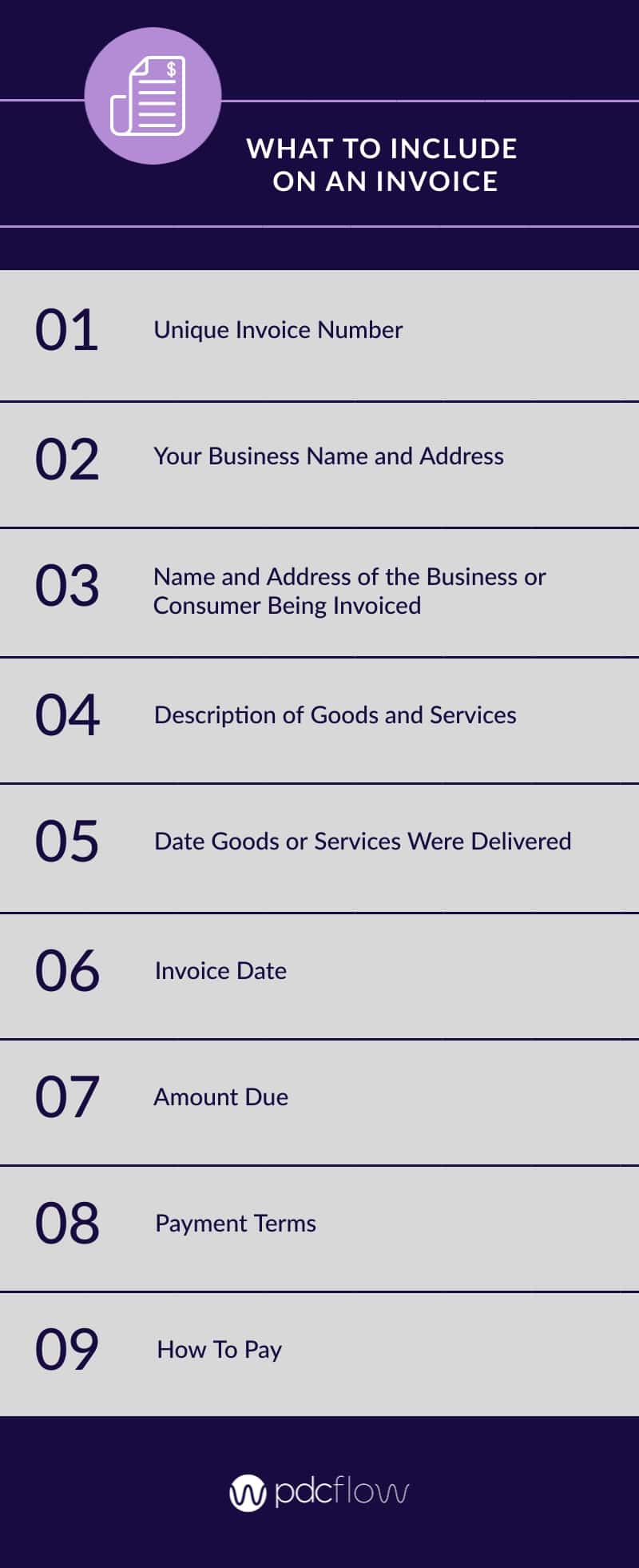Office processes like invoice management are built and refined through countless rounds of trial and error. Usually though, companies don’t have time to dedicate to changing an entire end-to-end process.
As technology advances and consumer communication preferences shift, this can cause a big problem. If your office is only changing sections of your customer invoicing process without reviewing the big picture, customer satisfaction will suffer.

Benefits of Invoice Management
KEEPS YOUR COMPANY ORGANIZED
Perhaps the most important reason for proper invoicing is simple. It keeps you organized. It is a written record for both you and your customers to reference what they owe, why, and when payment is due.
Digital invoicing is especially useful for team collaboration. By creating, sending and storing digital invoices instead of paper, entire teams can track a document through its entire lifecycle. That way, the right people know when an invoice has been sent, reviewed, and paid.
BUILDS TRUST AND TRANSPARENCY WITH YOUR CUSTOMERS

- Include all necessary information - Provide account numbers, date, customer and company details, etc. Clearly stated account details lend legitimacy to your business and create a frictionless invoicing experience.
- Use a clear layout - Offer a clear, line-by-line breakdown of the goods or services provided. Surprise charges should never happen. Be sure to include all necessary details in an easily readable format on your invoice documents.
- Offer flexible payment options - Customers expect clear instructions on how to pay and convenient channels to do so. If you’re not offering self-service payment portals or email and text messaging, you’re creating an unnecessary roadblock to getting paid.
HELPS AR TEAMS MANAGE AND GROW REVENUE
Your company’s long-term health relies on growing revenue. Invoice management best practices naturally accelerate your revenue cycle and eliminate many causes of late or delinquent payments.
Your invoice management process should include a collaborative workflow that all staff involved can access and review as needed. That way, your accounts receivable team gets the full picture of a customer’s experience during payment collection.
When Should You Send an Invoice?
Knowing when to send an invoice depends entirely on your business. Typically your invoice should be generated as soon as goods or services have been provided.
Waiting too long to send your invoices can lead to delayed payment or complaints from customers who want to resolve their bill. On the other hand, you can’t send an invoice too early before everything is included in the total.
For businesses that require monthly invoicing, maintain a regular invoicing schedule and clearly state your billing cycle terms on invoices, your website and anywhere else customers interact with your business.
Invoice Management Programs
If your company is struggling to manage billing, invoicing and collection efforts, it’s time to rethink your strategies.
- Your company should conduct a root cause analysis for any policies and procedures that routinely break down. This helps you find the source of a problem and fix it accordingly.
- Update or automate any portions of invoice management that create a burden for staff.
- Keep open communication between everyone involved. Details during the sales and onboarding process may impact accounts payable and accounts receivable operations.
Remember, a positive customer experience should always be the biggest factor in all of your business decisions. You should know what it’s like to receive an invoice, make a payment through your systems or take any other action you expect a consumer to follow.
Exploring Invoice Processing Solutions
Modern invoice management simply must include a digital component. When serving customers from across different generations, you need to cater to as many preferences as you can. But convenience is just one reason to adopt electronic invoice management.
Invoice management software should:
- Aid customer service - Electronic invoicing through text or email easily stores records for you and makes it simple to send (or resend) documents. If customers misplace a bill or have questions about a line item, staff can instantly send a copy and review information together.
- Facilitate payment reminders - For recurring payment schedules, it’s important to keep customers on track. Your invoicing software should offer automated reminders before each payment installment to keep the obligation top-of-mind for customers. Reminders also give people the chance to call in to update payment information or request a skipped payment before it's due, rather than neglecting their account.
- Offer Open APIs - Managing your invoices is easiest when all the information is in one place. Find a software that offers open APIs, so you can integrate into your account management system.
Using traditional mail is still often used in many businesses but it shouldn't be the only way you communicate. Switching to digital invoice delivery through text message or email offers greater accessibility, increases response rates and makes it easier to get you paid. Download our Traditional vs. Digital Communication Comparison for more information.






